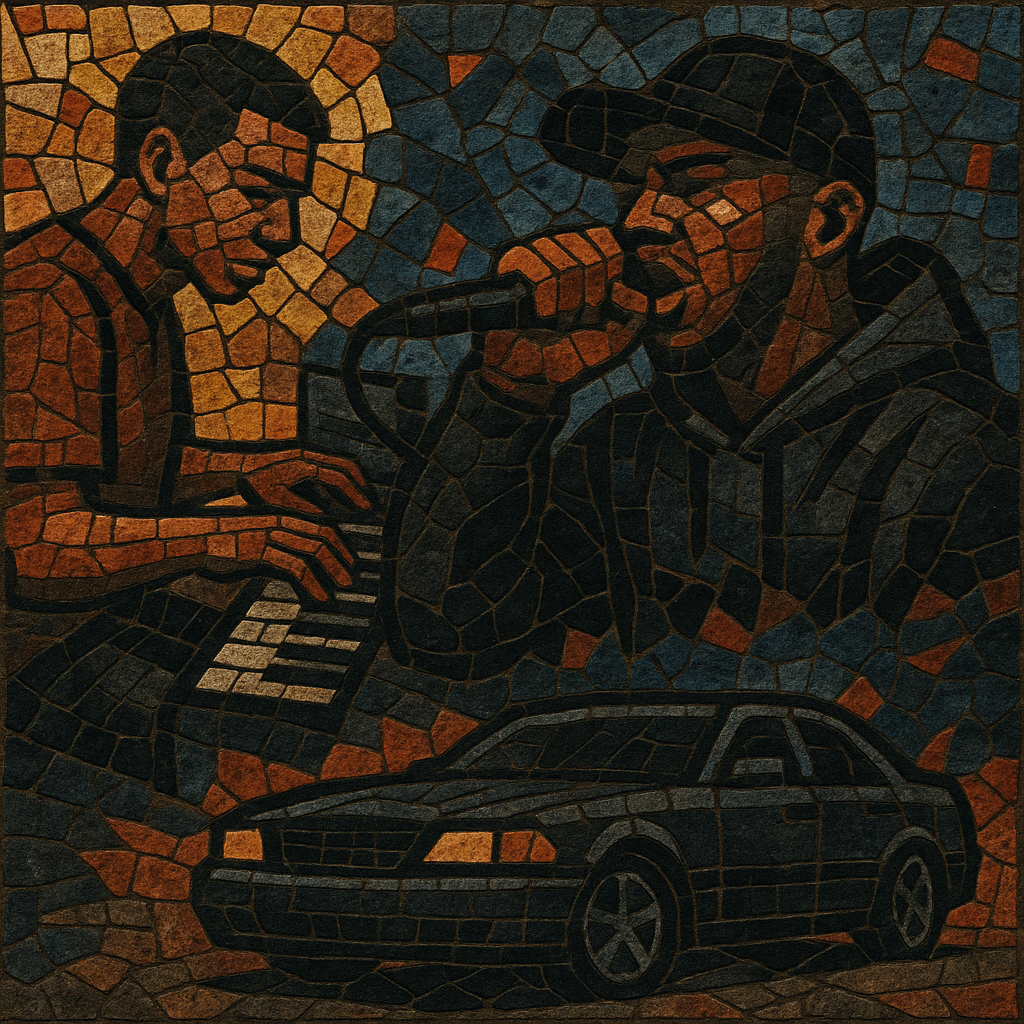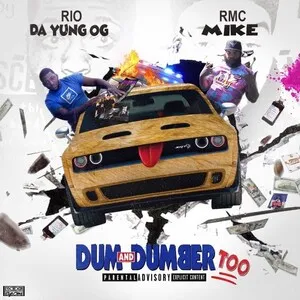Flint sound is a contemporary Michigan rap style centered in Flint, United States. It is characterized by fast, minimal, piano- or organ-led beats, dry and upfront vocals, and bar-by-bar “punch‑in” delivery that often rides slightly ahead of or behind the grid for a conversational, off‑kilter feel.
The production typically favors bright piano loops, staccato 808 slides, crisp claps or rimshots, and sparse percussion, leaving plenty of space for relentless punchlines, gritty street reportage, and mischievous humor. While hard-edged and streetwise, the style frequently leans into charismatic personality and wit, making it both aggressive and infectious for dancing.
Flint’s rap identity reaches back to the 1990s with artists such as MC Breed, The Dayton Family, and Top Authority developing a rugged, Midwestern take on gangsta rap. Those records used g-funk and mobb-oriented production but emphasized blunt, unvarnished storytelling and a blue‑collar intensity that became part of the city’s musical DNA.
In the late 2010s, a new wave of Flint artists crystalized a distinct sound: minimal, quick-tempo trap beats built around bright piano or organ loops, with dry, close-miked vocals and a bar‑by‑bar “punch‑in” flow. This approach, closely connected to the broader Michigan/Detroit rap resurgence, foregrounded razor‑sharp one‑liners, swagger, and a conversational timing that felt intentionally off‑kilter but highly musical.
Between 2019 and 2021, Flint rappers gained national attention through prolific mixtape output, vivid video content, and viral singles. Tracks by YN Jay, Rio Da Yung OG, and RMC Mike epitomized the sound’s mix of street grit and humor, while producers like Enrgy Beats helped define the bright piano-driven palette. Collaborations within Michigan and beyond amplified the aesthetic across streaming platforms and social media.
Flint sound has become a cornerstone of the modern Michigan rap wave, influencing beat selection, vocal mixing choices, and cadence in neighboring scenes. Its balance of hard, minimal beats and personality-forward writing continues to shape how emerging artists approach tempo, spacing, and the punch‑in technique.







%2C%20Cover%20art.webp)
